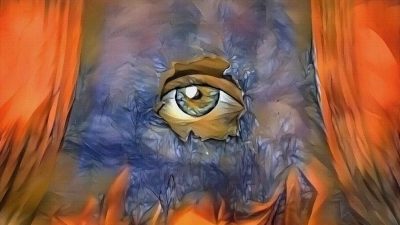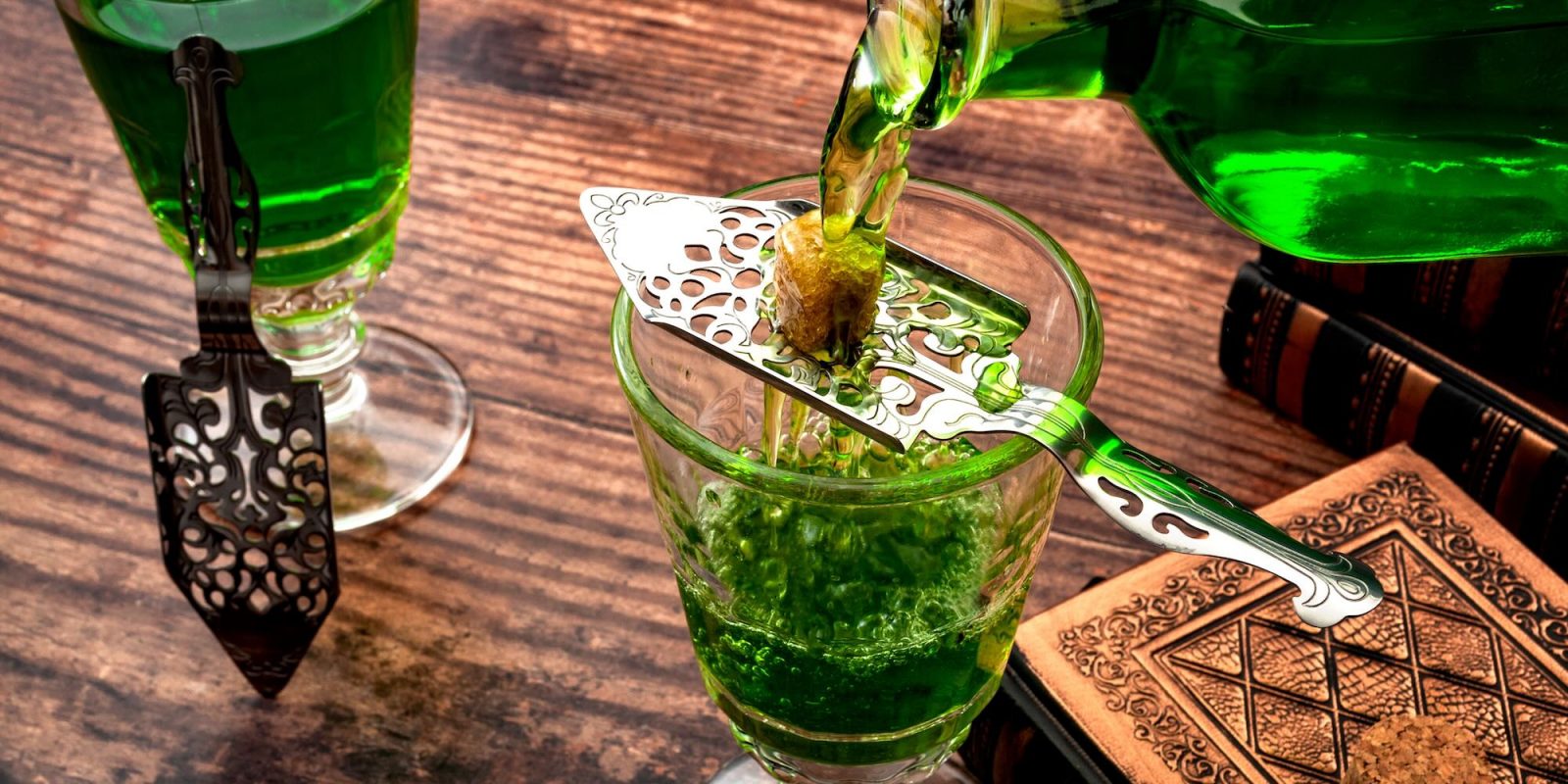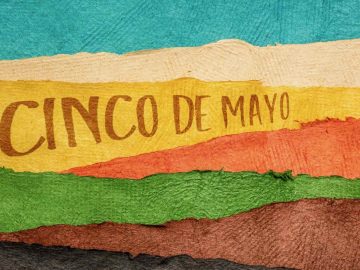A Toast to the Green Fairy
Each year on March 5th, connoisseurs and enthusiasts come together to celebrate National Absinthe Day, honoring a beverage as mysterious as it is storied. Absinthe, known affectionately as “The Green Fairy,” is a spirit infused with a variety of herbs, the most notable being wormwood, green anise, and fennel.
Originating in the late 18th century in Switzerland, absinthe swiftly gained popularity in France, particularly among artists and writers, who attributed their creative inspiration to its unique effects. The drink’s high alcohol content and the presence of thujone, a chemical compound found in wormwood, contribute to its potent reputation.
However, absinthe’s journey has not been smooth. In the early 20th century, it faced widespread bans due to concerns over its safety and alleged psychoactive properties. These bans lasted for decades until modern research dispelled many myths surrounding absinthe, leading to a resurgence and global renaissance in the early 21st century.
On National Absinthe Day, enthusiasts indulge in this emerald elixir, often following the traditional French method of preparation, which involves dripping water over a sugar cube placed on a specially designed slotted spoon above a glass of absinthe. This ritualistic preparation adds to the allure of absinthe, making it not just a drink, but an experience. So, to celebrate this weird and unusual holiday, simply gather your crew, head to the nearest bar and order up some of their finest absinthe.
Absinthe is certainly a fascinating drink with a lot cool stories. Here are some interesting facts about Absinthe to wow your friends on National Absinthe Day.
Origins: Absinthe originated in the late 18th century. It was first developed by Dr. Pierre Ordinaire, a French doctor living in Switzerland, as a medicinal elixir.
Thujone and Wormwood: The key ingredient in absinthe is wormwood (Artemisia absinthium), which contains the chemical thujone. Thujone was believed to cause hallucinations, though this has been largely debunked by modern science.
The Green Fairy: Absinthe is often referred to as “La Fée Verte” (The Green Fairy) due to its green color and its association with bohemian artistic culture in the late 19th and early 20th centuries.
High Alcohol Content: Absinthe is known for its high alcohol content, typically ranging from 45% to 74% alcohol by volume (ABV), which is significantly higher than most other spirits.
Banned for Nearly a Century: Absinthe was widely banned in the United States and parts of Europe in the early 20th century due to concerns about its safety and alleged psychoactive properties. The bans started lifting in the 1990s after new research showed that absinthe was no more dangerous than ordinary spirits.
Famous Aficionados: Many famous artists and writers, including Vincent van Gogh, Oscar Wilde, and Ernest Hemingway, were known to be absinthe drinkers. The drink was romantically linked to creativity and artistic innovation.
Traditional Serving Method: The traditional way of serving absinthe involves placing a sugar cube on a slotted spoon over a glass containing a shot of absinthe and slowly dripping cold water over the sugar cube. The water and sugar dilute the absinthe and cause it to turn a milky opalescent green.
Absinthe’s Color: The green color of traditional absinthe comes from chlorophyll, which is extracted from the herbs during the distillation process.
Modern Absinthe Renaissance: Since its relegalization in many countries, there has been a resurgence in absinthe’s popularity, with many artisanal and craft producers emerging, as well as a renewed interest in its cultural history.
Cultural Impact: Absinthe has been featured in various works of art, literature, and movies, often depicted as a mysterious and seductive drink that symbolizes the bohemian and avant-garde lifestyle.
Venue

04
July
2025
San Francisco Fourth Of July Pub Crawl & Hot Dog Eating Contest
04
July
2025
Hot Dog Eating Contest in San Francisco
05
July
2025
Independence Day Bar Crawl San Francisco
12
July
2025
Cody Jinks The Hippies and Cowboys Tour with special guest Tanner Usrey
15
July
2025
























